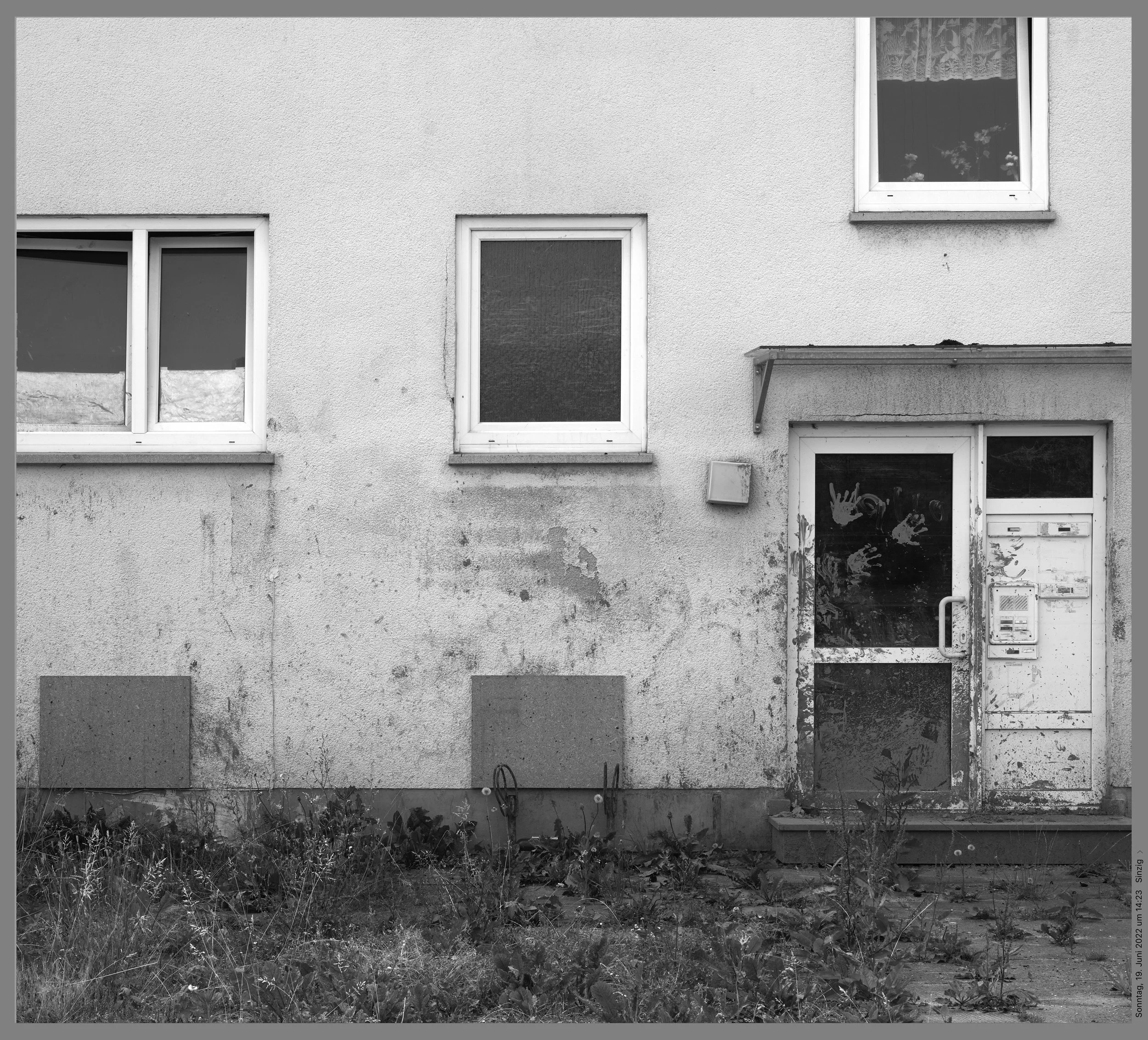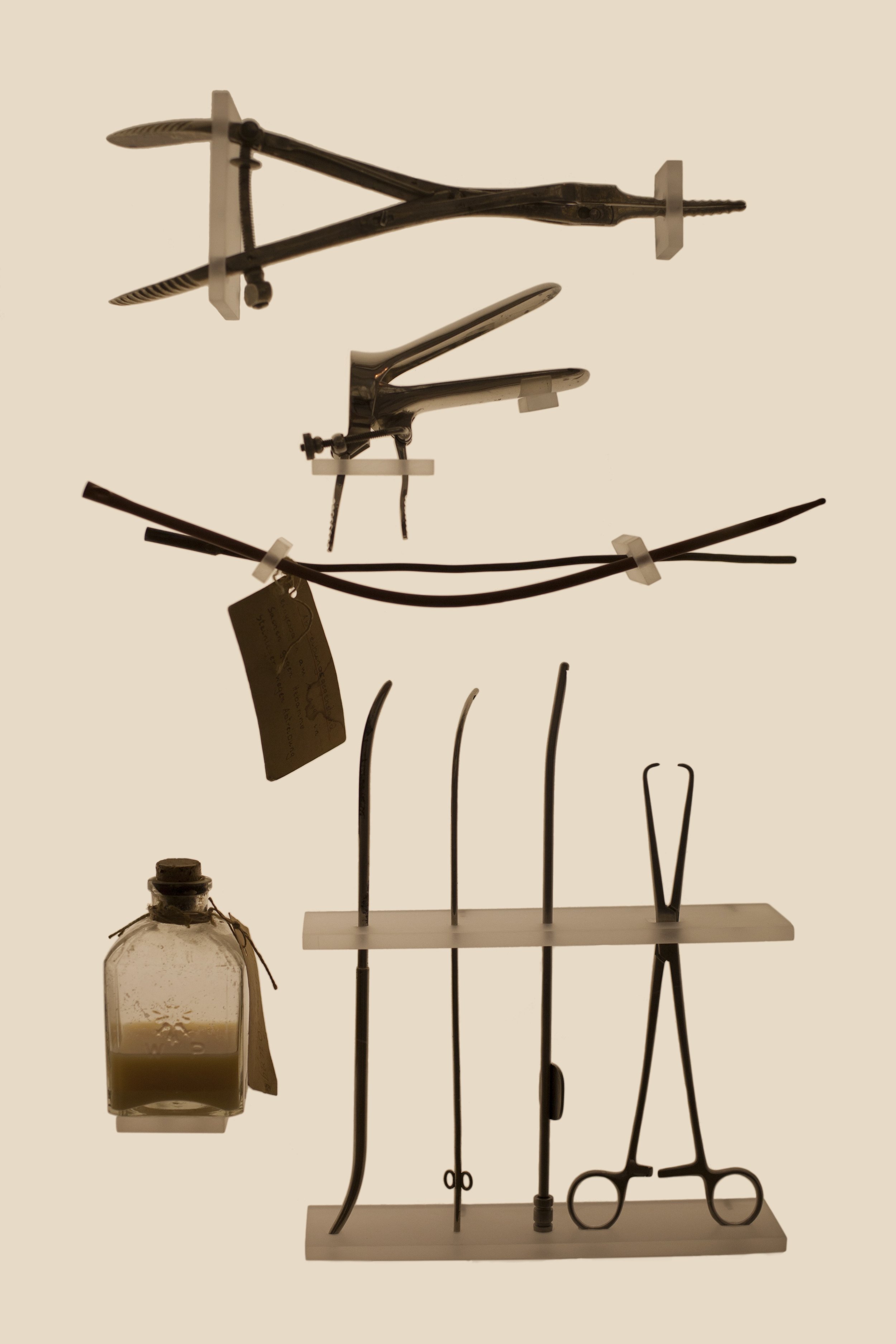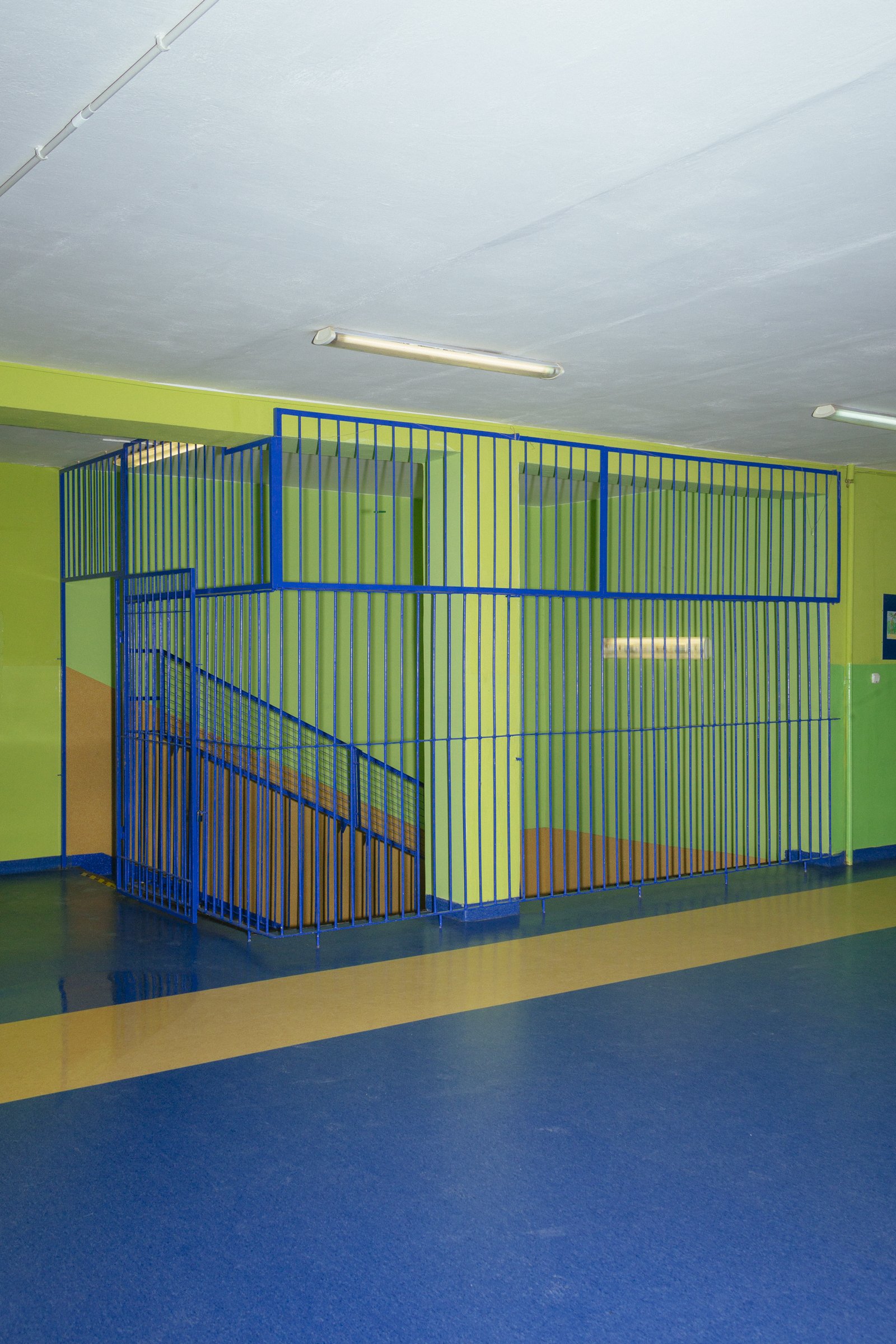
Lisette Model. Retrospektive | Albertina | Wien
Albertina | Wien
31. Oktober 2025 – 22. Februar 2025
Lisette Model
Modeschau, Hotel Pierre, New York City, 1940-1946, Silbergelatinepapier, 39,3 x 49,2 cm, ALBERTINA Wien, Dauerleihgabe Österreichische Ludwig-Stiftung für Kunst und Wissenschaft © 2025 Estate of Lisette Model, courtesy Lebon, Paris / Keitelman, Brussels
Die aus einer jüdischen Wiener Familie stammende Lisette Model (1901–1983) gilt als eine der einflussreichsten Fotografinnen des 20. Jahrhunderts. Die Ausstellung in der ALBERTINA zeigt eine umfassende Retrospektive ihrer wichtigsten Werkgruppen von 1933 bis 1957. Neben ikonischen Fotos wie Coney Island Bather und Café Metropole sind auch selten gezeigte Arbeiten zu sehen.
Nach ihrer Emigration nach New York 1938 erlangt Model rasch Bekanntheit, indem sie für Magazine wie Harper’s Bazaar die Facetten des urbanen Lebens einfängt: die Armut der Lower East Side, die Upper Class bei ihren Vergnügungen und das Nachtleben in Bars und Jazzclubs. Während der McCarthy-Ära wird Model eine einflussreiche Lehrerin. Die Ausstellung zeigt zudem erstmals den Originalentwurf ihrer 1979 erschienenen Monografie, ein Klassiker der Fotobuchgeschichte.
Lower East Side, New York City, 1940-1947 Silbergelatinepapier 34,6 × 27,1 cm ALBERTINA, Wien © 2025 Estate of Lisette Model, courtesy Lebon, Paris / Keitelman, Brussels
Issue d'une famille juive viennoise, Lisette Model (1901-1983) est considérée comme l'une des photographes les plus influentes du XXe siècle. L'exposition présentée à l'ALBERTINA offre une rétrospective complète de ses œuvres les plus importantes, réalisées entre 1933 et 1957. Outre des photos emblématiques telles que Coney Island Bather et Café Metropole, des œuvres rarement exposées sont également présentées.
Après avoir émigré à New York en 1938, Model s'est rapidement fait connaître en capturant les facettes de la vie urbaine pour des magazines tels que Harper's Bazaar : la pauvreté du Lower East Side, les loisirs de la classe supérieure et la vie nocturne dans les bars et les clubs de jazz. Pendant la période McCarthy, Model devient une enseignante influente. L'exposition présente également pour la première fois le projet original de sa monographie publiée en 1979, un classique de l'histoire du livre photo.
Promenade des Anglais, Nizza, 1934-1937, Silbergelatinepapier, 43,2 x 35,4 cm, ALBERTINA, Wien © 2025 Estate of Lisette Model, courtesy Lebon, Paris / Keitelman, Brussels
Lisette Model (1901-1983), originaria di una famiglia ebrea viennese, è considerata una delle fotografe più influenti del XX secolo. La mostra all'ALBERTINA presenta una retrospettiva completa dei suoi gruppi di opere più importanti dal 1933 al 1957. Oltre a foto iconiche come Coney Island Bather e Café Metropole, sono esposti anche lavori raramente esposti.
Dopo la sua emigrazione a New York nel 1938, Model raggiunge rapidamente la notorietà immortalando per riviste come Harper's Bazaar le sfaccettature della vita urbana: la povertà del Lower East Side, l'alta società nei suoi divertimenti e la vita notturna nei bar e nei jazz club. Durante l'era McCarthy, Model diventa un'insegnante influente. La mostra presenta inoltre per la prima volta il progetto originale della sua monografia pubblicata nel 1979, un classico della storia dei libri fotografici.
Oper, San Francisco, 1949 Silbergelatinepapier 34 × 26,6 cm ALBERTINA, Wien © 2025 Estate of Lisette Model, courtesy Lebon, Paris / Keitelman, Brussels
Lisette Model (1901–1983), who came from a Jewish family in Vienna, is considered one of the most influential photographers of the 20th century. The exhibition at the ALBERTINA presents a comprehensive retrospective of her most important groups of works from 1933 to 1957. In addition to iconic photos such as Coney Island Bather and Café Metropole, rarely seen works are also on display.
After emigrating to New York in 1938, Model quickly gained recognition by capturing the many facets of urban life for magazines such as Harper's Bazaar: the poverty of the Lower East Side, the upper class enjoying their leisure time, and the nightlife in bars and jazz clubs. During the McCarthy era, Model became an influential teacher. The exhibition also shows for the first time the original design of her 1979 monograph, a classic in the history of photography books.
(Text: Albertina, Wien)













































































